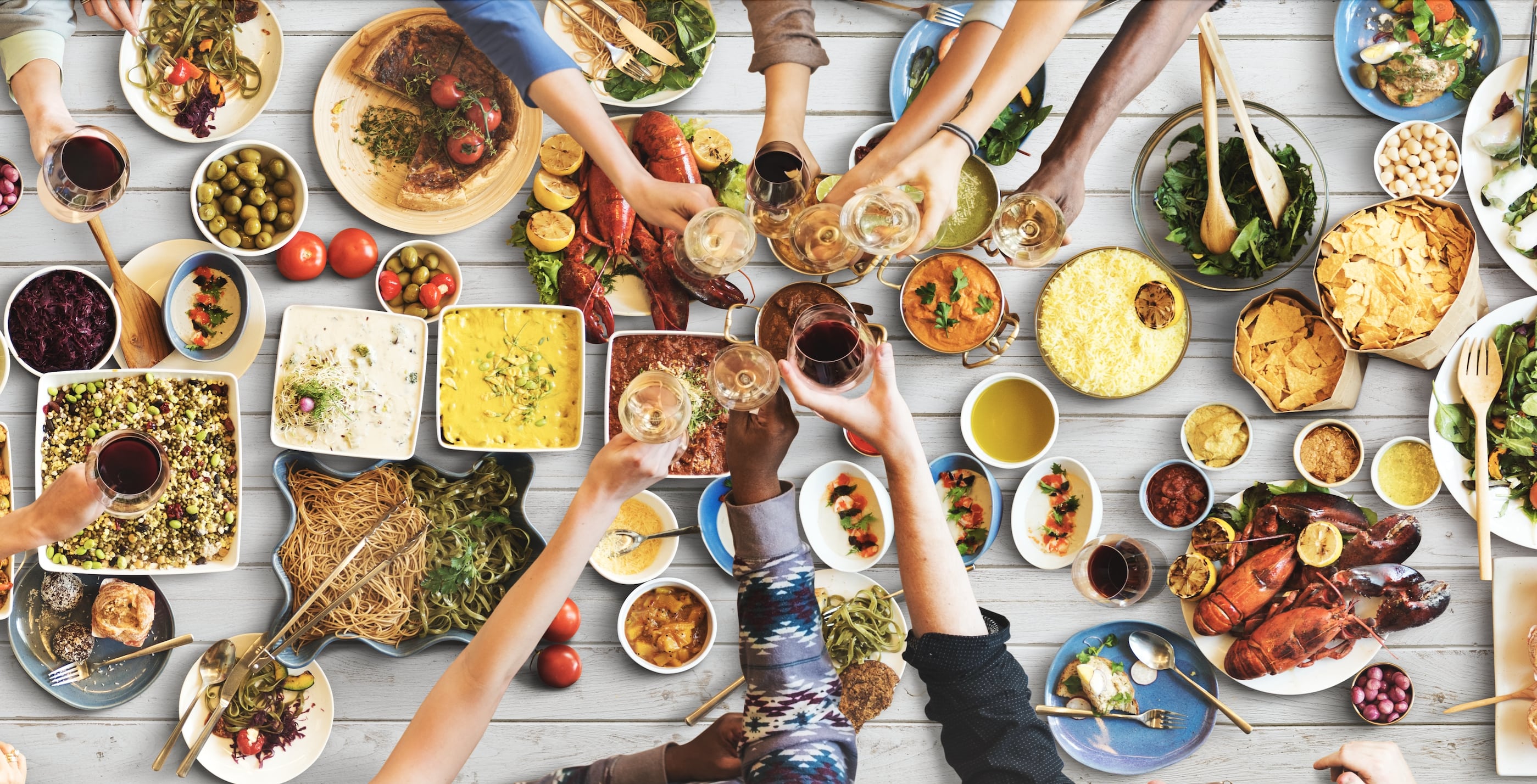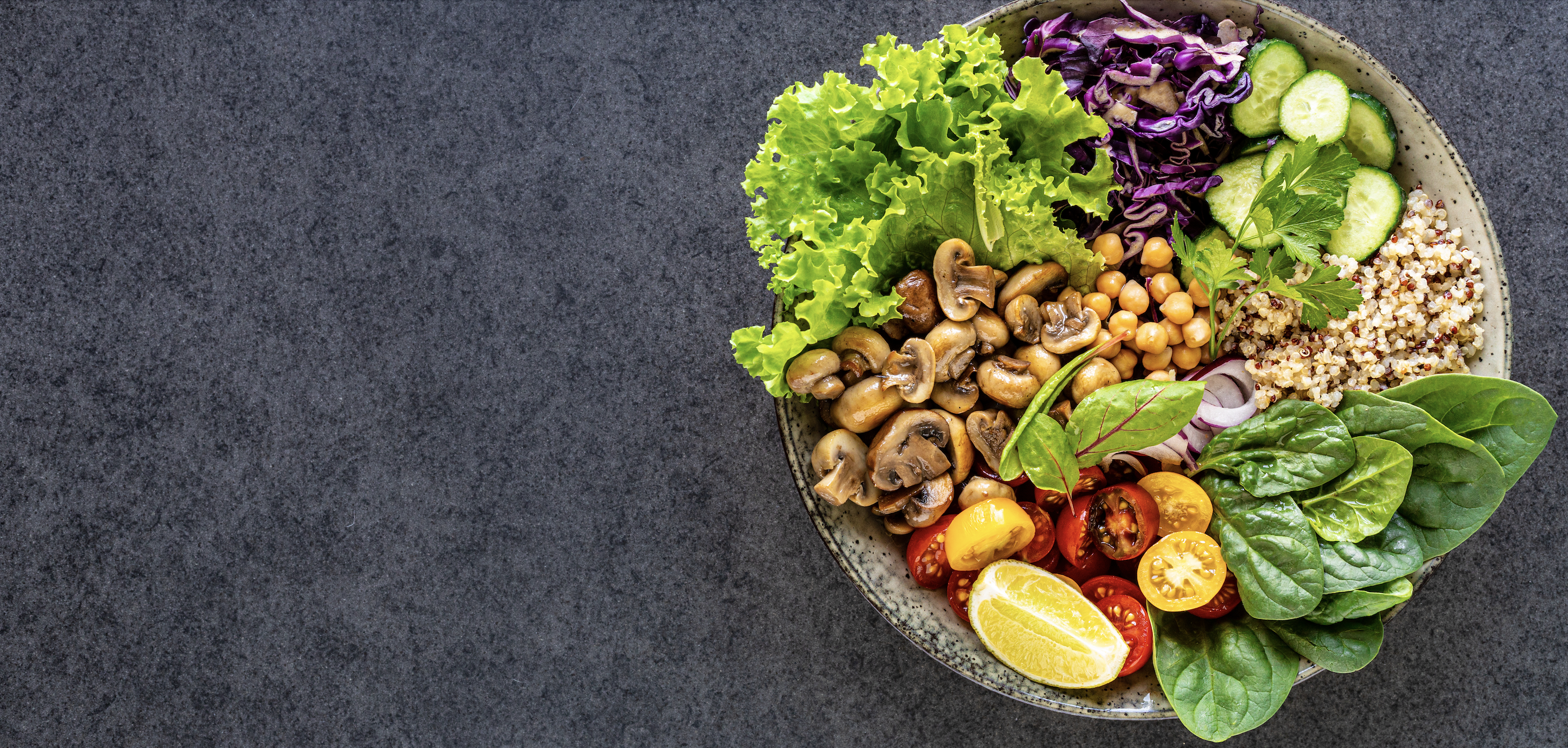6 New Dining Trends for 2021: healthy food, low-alcohol, delivery, new tech and more!
What are the new ways in which restaurants are innovating to stay alive in 2021?

Contents
Restaurants have had it tough in the last year and a half. However, if there’s anything we’ve learned about the F&B industry in this time it's that restauranteurs and bar owners are resilient and adaptive. They are always seeking to find new ways to excite customers, even in today’s new normal! With that spirit of innovation in mind, here are 6 restaurant trends that you can expect to see more of in 2021 and beyond.
1. Redefining the ‘Restaurant’
Since COVID-19 has had such a negative impact on profits and customers’ outlook on dining out, many restaurants are shifting the very definition of what it means to be a restaurant. We’re seeing the birth of restaurant-supermarket hybrids where customers can shop for their ingredients, for wines and even for lifestyle products as they dine-in for their meals. This new all-inclusive experience shifts the dynamic of the restaurant concept, as a whole.
On the complete flipside, we’re seeing some restaurants scale right back and adopting cloud kitchen models of operation. By stripping away the need for a storefront, cloud kitchen restaurants operate solely through delivery and only hire chefs to prepare food. Orders are placed exclusively by phone or online, and operations are conducted often through a shared kitchen, where chefs prepare food and have it sent out for delivery. This heavily reduces costs as restauranteurs do not need to shell out on square space, furniture, parking spots, décor, additional staff and more.

2. Supply Chain Transparency
Again, the onset of the Coronavirus pandemic has seen people become far more conscious and picky about what they’ll consume. Health has become a top priority, and people want to know where their food comes from and that it originated from a trustworthy source. This is why a lot of restaurants have started listing the source of their ingredients on menus - some of which could be verified through blockchain in the future. “This trend is growing as more consumers become interested in where food comes from and how it is made, according to the Innova Consumer Survey 2020.” Add to this a growing consensus that food should be ethically-sourced and possess a lower carbon footprint, and we’ll certainly be seeing more restaurants open up about what they’re serving you.

3. Green, Plant-Based, Vegan and Vegetarian
With the exploding popularity of companies like Beyond Meat and Impossible Foods, we’re seeing more restaurants beginning to serve plant-based meat alternatives. Indeed, “Plant-based food and beverage businesses grew 36 per cent last year as the demand for them grew globally.” With new wind in the sails of restaurants going green, more and more people want to try vegan and vegetarian foods. As a larger percent of the population takes on a flexitarian diet -opting to forego meat on certain days or for certain meals- restaurants will capitalize on this shift in mindset and continue offering healthy and delicious alternatives to meat.

4. Technology Boost
Restaurants can no longer ignore the benefits of technology when it comes to making revenue and reaching customers. We’re seeing a surge in online stores, integrated delivery with POS systems and more robust CRM and loyalty offerings. Keeping customers happy and giving them multiple touch points to interact with restaurants has become a key money-maker for F&B businesses looking to compete in today’s new normal. We’re also seeing fast food restaurants add more self-serve kiosks to reduce interaction with staff while also allowing customers to place orders online, through BYOD QR codes and more.

5. Eating In
Since there are still restrictions with regard to restaurants, many people will be opting to eat in. This means that delivery will still dominate the F&B industry for some time to come. However, in addition to delivery, people are turning to cooking their own food, too. Online cooking classes have exploded in popularity and there are even chefs who have started selling sauces and condiments so people can make the most of their dine-in experience. Groceries are also being delivered at a higher rate; a trend that we will likely see continue until the virus runs its course.

6. Zero-Alcohol and Low-Calorie Drinks
We’re seeing a shift in perception when it comes to alcohol. While most people still enjoy a good drink now and then, there’s also been a groundswell of attention being given to non-alcoholic drinks. Zero-alcohol beers have been cropping up all over the place, be it in convenient stores or in beachside bars. We’re also seeing a lot more healthy, low-calorie beverage options that seek to capitalize on the health craze that’s swept the world. Mocktails have also seen a surge in popularity as many people opt for a night out without the risk of a hangover the next day.